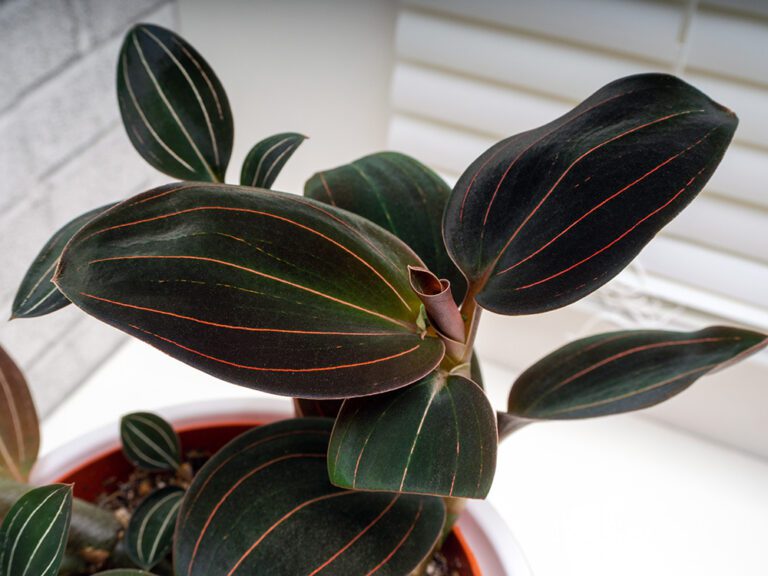
- Mon - Sat: 9AM-6PM & Sun: 9AM-5PM
- 1440 Kearney Street, Denver CO 80220
Paphiopedilums or “paphs” are very easy to grow. They remain compact in their growth habit and have attractive foliage with long-lasting flowers in a wide range of colors. Although classed as terrestrials, they do not really grow in the ground. Rather, they grow in a layer of decaying vegetation found on the forest floor. It is helpful to know where an orchid grows in nature to more easily duplicate these conditions in our home or greenhouse.
Paphiopedilum orchids prefer the habitat of the forest floor. Paphiopedilums are definitely shade-loving plants, and this enables them to be grown well in the home. A shaded east or west window will work year-round.
Paphiopedilum orchids like to be evenly moist at all times. During the warmer months, water every three to four days and, in cooler weather, once a week or so. The biggest problem that can arise from underwatering is a salt buildup in the potting mix. As with all other container plants, always water thoroughly to allow water to run out of the bottom of the pot. Never allow your plants to stand in water. Roots require air as well as water to remain healthy. Humidity around 50-70% is ideal.
Paphiopedilum orchids like the humidity around 50-60% relative humidity. Group plants together or place them on a tray filled with gravel and partially filled with water to increase humidity levels. If the humidity in your home is below 50%, both you and your plants will benefit from a rise in levels.
Paphiopedilum orchids have a very wide range of temperature requirements. For best growth, we suggest 60 degrees at night and 80 during the day. If you are comfortable your plants will be, too. Air circulation helps to prevent fungal and bacterial problems by ensuring the foliage is dry by nightfall.
Paphiopedilum orchids are very light feeders. A light feeding every two weeks should be enough. Because Paphiopedilums are very salt-sensitive, it is important never to feed a dry plant. Of course, your Paphiopedilum orchids should never be allowed to dry out completely. Foliar feeding with a diluted mixture of fertilizer in a spray bottle works very well.
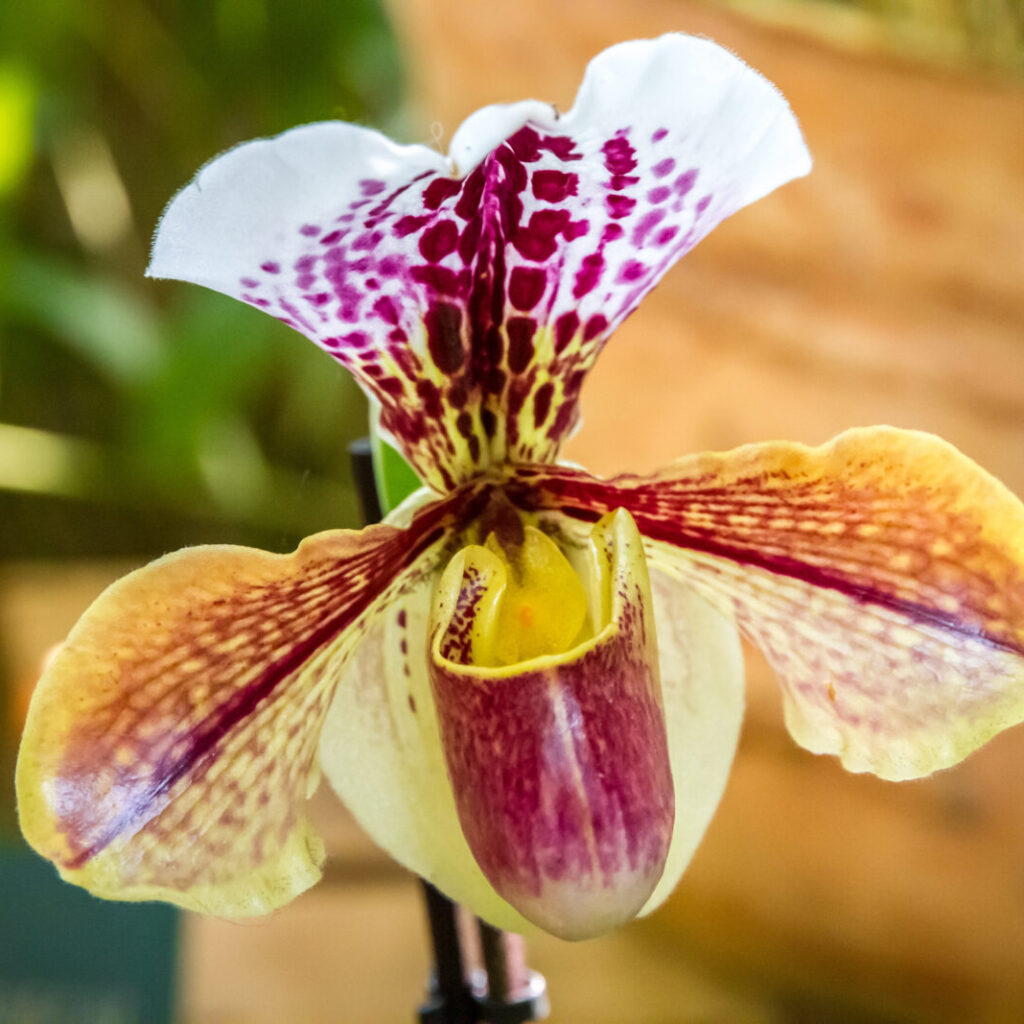
Paphiopedilum orchids require a fine but water-retentive mix such as a cymbidium mix. This would consist of small fir bark mixed with perlite and charcoal. Smaller or younger plants should be repotted annually. Mature, larger plants can be left for two years. As the plants remain fairly compact, pot them with enough room for two years of growth.


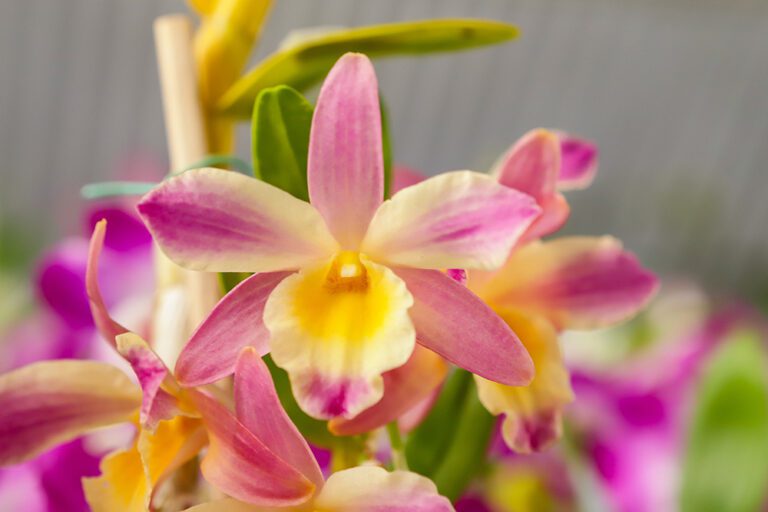
Hydrangeas do well in partially shaded areas like under a large tree or on the side of a house. They like to receive sun in the morning, and the partial shade is in the heat of the afternoon. In Colorado, too much full sun will cause them to get sunburned.
Hydrangea shrubs need to have well-draining soils that is rich in organic matter. Most Colorado soils will benefit from the addition of peat moss and compost that helps retain moisture. The pH determines the colors of the blooms. Acidic soil will give you blue flowers, and alkaline soil gives you pink flowers.
If hydrangea shrubs are given too much high-nitrogen fertilizer, they may grow full and lush, but there will be fewer flowers. If the soil is rich, fertilizer is not needed. Otherwise, a light application in March or April may be warranted.
Make sure to water your hydrangea shrubs regularly. Those big blooms require a lot of water to stay lush and full. About one inch of water throughout the week is ideal. If they receive more sun give them at least two inches during the hotter summer days.
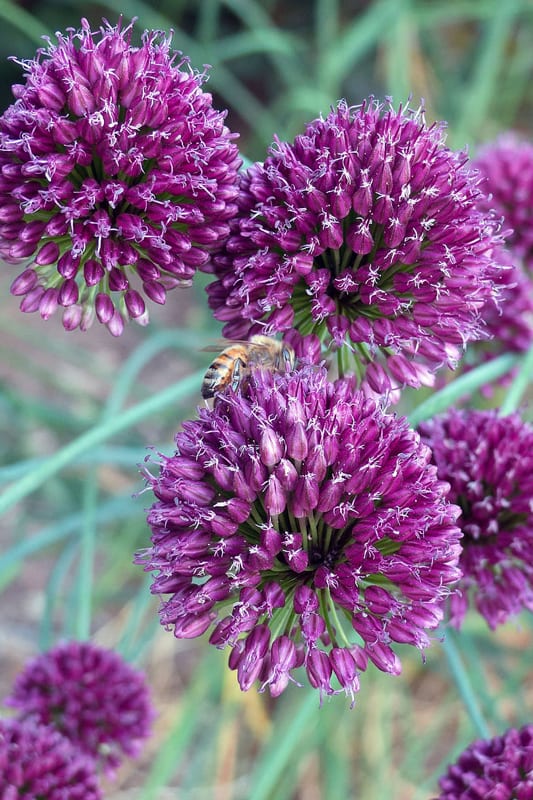
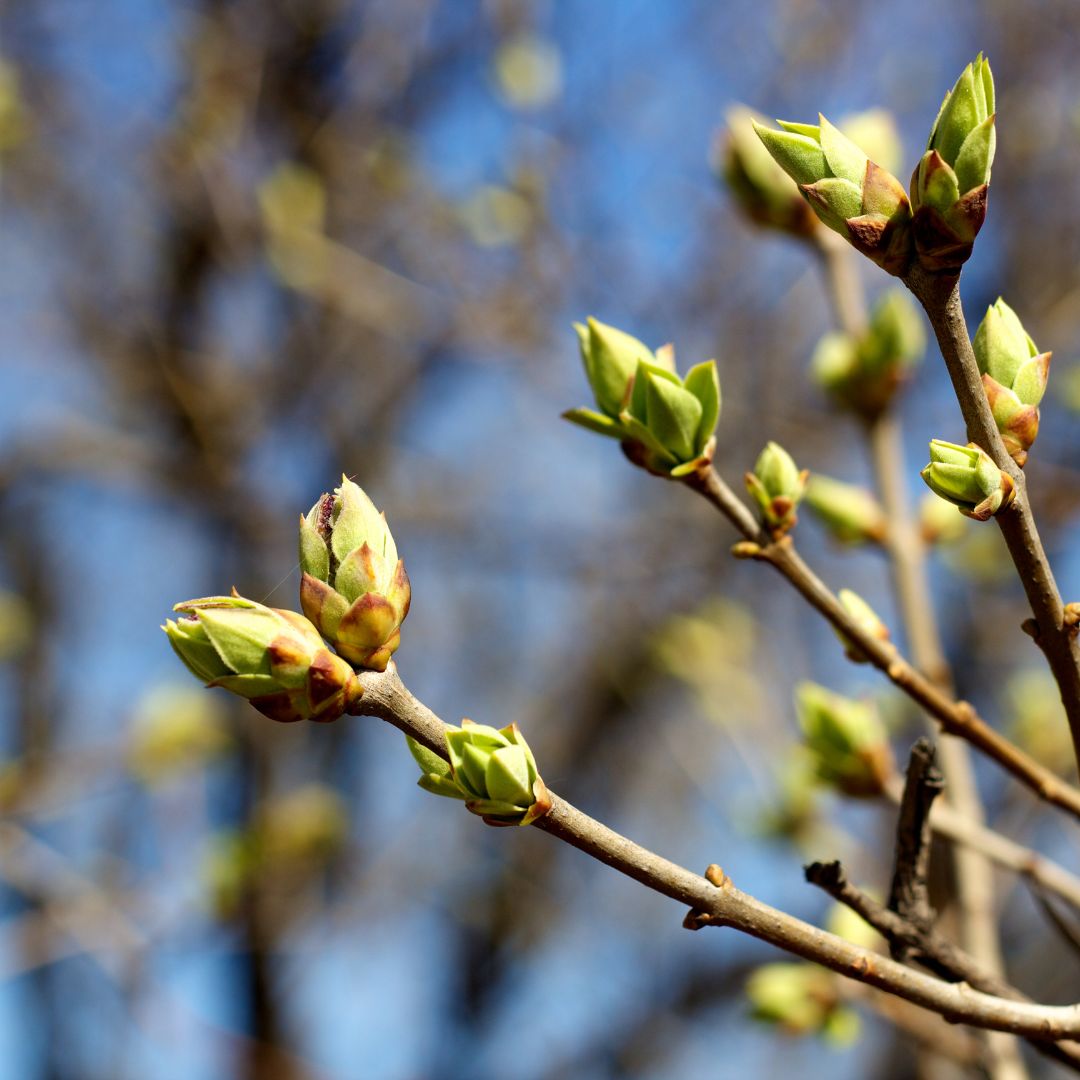
April is here! There are signs of spring popping up everywhere you look. Early bulbs have emerged, trees are showing new buds, and perennials are

Spring is here and you know what that means. The 2024 gardening season is about to be in full swing here in our Colorado climate!

It’s nearly spring and we hear you! You’re ready for warm weather and colorful landscapes. Those early spring blooms are a bright, wonderful sign of

It’s a new calendar year and that means it’s time to dive into the new houseplant trends for 2024! There are some exciting new things